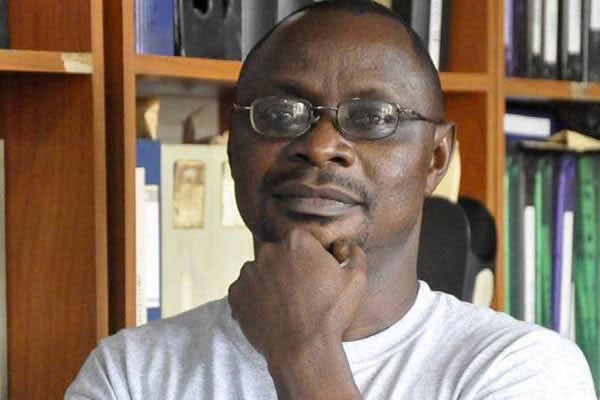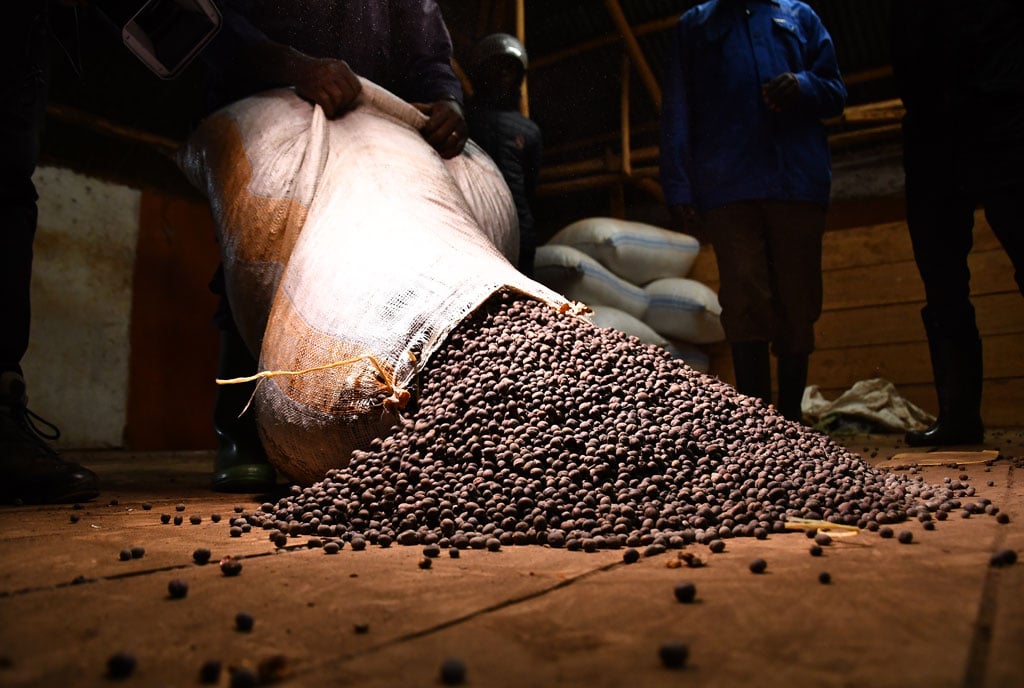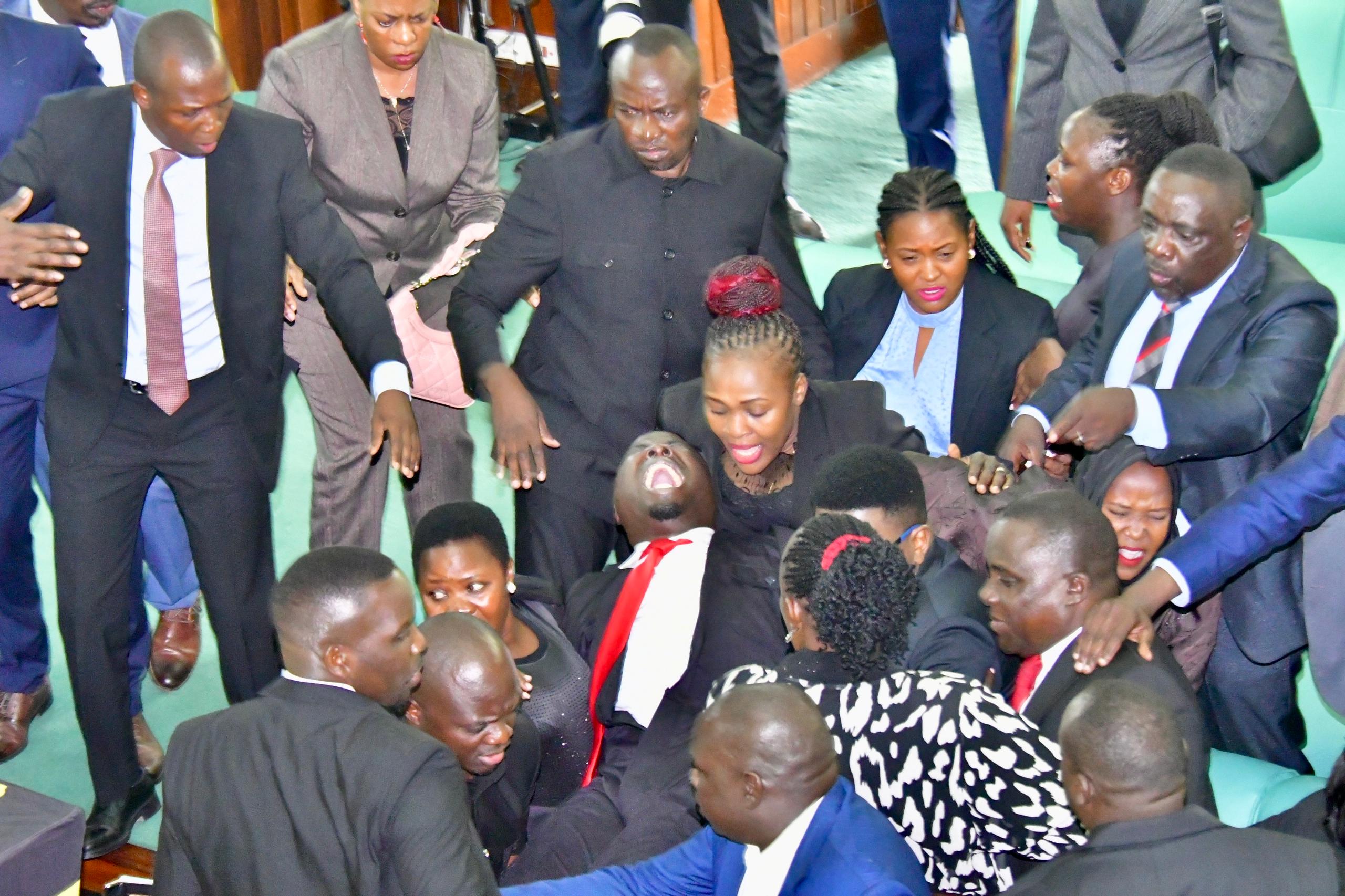
Author: Asuman Bisiika. PHOTO/FILE
Uganda’s 62 independence anniversary found me in Kampala. An old friend even sent me “Happy Independence Day” greetings. What? I almost felt dizzy. Ugandans always ask: what is there to celebrate? I ask: What is there to remember 1962?
****
The independence monument on Nile Avenue was unveiled on October 8, 1962; a day before Uganda got her independence from British colonialism. Its unveiling was not as turn-key or signal-switch. Neither was the event all rosy... With the glare of cameras, prime minister designate Apollo Milton Obote could not unveil the monument with a pull on the rope.The reef-knot did not unravel; and a frustrated Obote, manifesting his raw sense of humour, is said to have just joked it away: you know, when a child is born, you cannot see it all at once… prompting the officials around to laugh. Sixty two years later, it is not clear whether Ugandans have really had the opportunity to see the whole child (head to toe); to stretch Obote’s joke about child birth. The glitch in the process to unveil the monument, must have been the first challenge of nation-building for Uganda; and an ominous one too.
At 29 feet, the independence monument stands tall as one of the most important icons of Uganda’s history. It is raised on a stone plinth on Nile Avenue, behind Sheraton Hotel facing the Grand Imperial Hotel and Standard Chartered Bank. The monument is the work of Gregory Maloba (a Kenyan from the Luhya Community) who was a former student and Art teacher at Makerere University’s Margaret Trowel School of Industrial and Fine Art.
It is made from cement fondue, a durable, water and weather proof cement. It was modelled on a metal framework and depicts a mother hoisting a child high up. It shows the child’s hands raised skyward in an eternal expression of excitement and freedom. The mother stands firm on the ground, with straps around the legs and waist. Talking about the monument in a 1999 interview, Mr Maloba is said to have remarked thus: the legs-apart position symbolized firmness and the ropes around the legs represented the bondage of colonialism out of which Uganda was about to emerge.
According to press reports of the time, Maloba was paid a token of 900 pounds for a job he is said to have completed in one month. The monument was placed in what then was called King George V Jubilee Memorial Gardens, replacing the statue of King George V of Britain.
Maloba’s work became the perfect embodiment of a new Uganda. By setting the mother firmly on the ground, Maloba said that he wanted to stabilise the first stage of the monument; but also figuratively to depict the firmness and stability of the new Uganda. Obote, Uganda's first prime minister, is said to have echoed similar sentiments during the inauguration of the monument on the eve of independence in 1962.
“Maloba portrays the nations aspirations, instilling into the minds of citizens a sense of purpose. It is a message to the people. It portrays the past, present and future of the human race,” Obote said shortly before unveiling the monument.
As Uganda celebrates the 62 anniversary of her independence from Britain, the meaning and spirit of the independence monument needs to be rekindled. And oh yes…the love for good art in a country where it is still largely remains on the fringes.
Even if one argued that Uganda does not have a deep-rooted heritage of sculpture as an art form, the independence monument offers Ugandans an opportunity to reflect on the challenge of nationhood and leadership.
Mr Bisiika is the executive editor of the East African Flagpost. [email protected]








